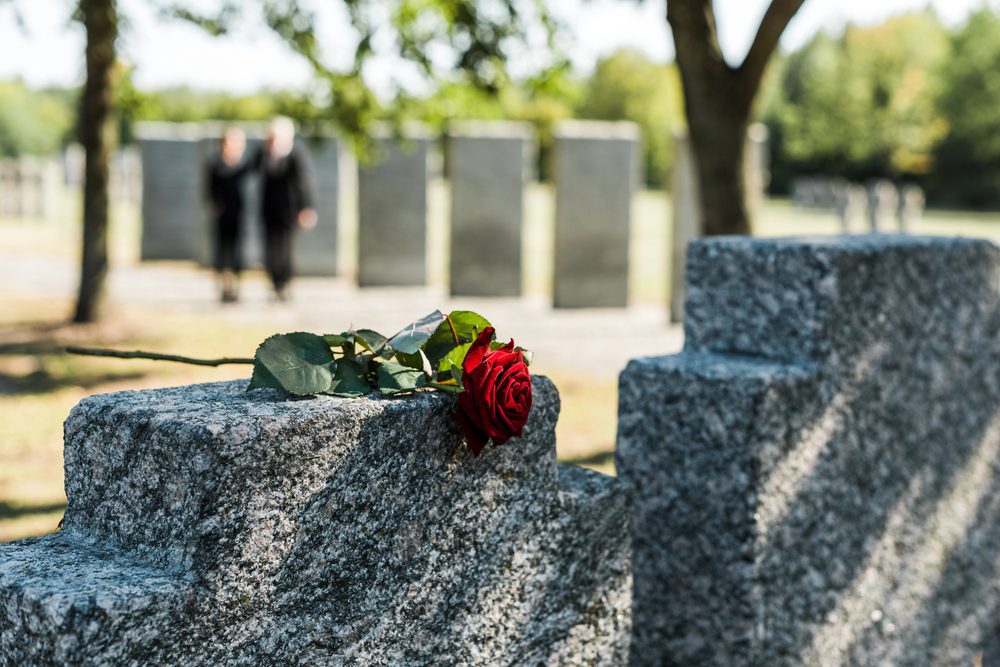
Is death truly the end, or merely the start of something more? Over centuries and continents, the religions and cultures of human history have spun great stories about what lies beyond our last breath. These worldviews don’t simply bring comfort They inform how people live, love, and release. For those who seek the divine and those who are enthusiastic about religious studies, to explore these tales of the afterlife is far from idle curiosity It’s uncovering the hopes, fears, and knowledge that bind us.
From heavenly reunions to the cosmic recycling wheel, the afterlife is a line that runs through all of them. The most fascinating is how these ideas encompass not just theology, but everyday life and cultural values of their respective societies. Buckle up to take the ride through paradise gardens, reincarnation cycles, and ancestors’ dreamtimes as we visit the most interesting afterlife conceptions from around the globe.
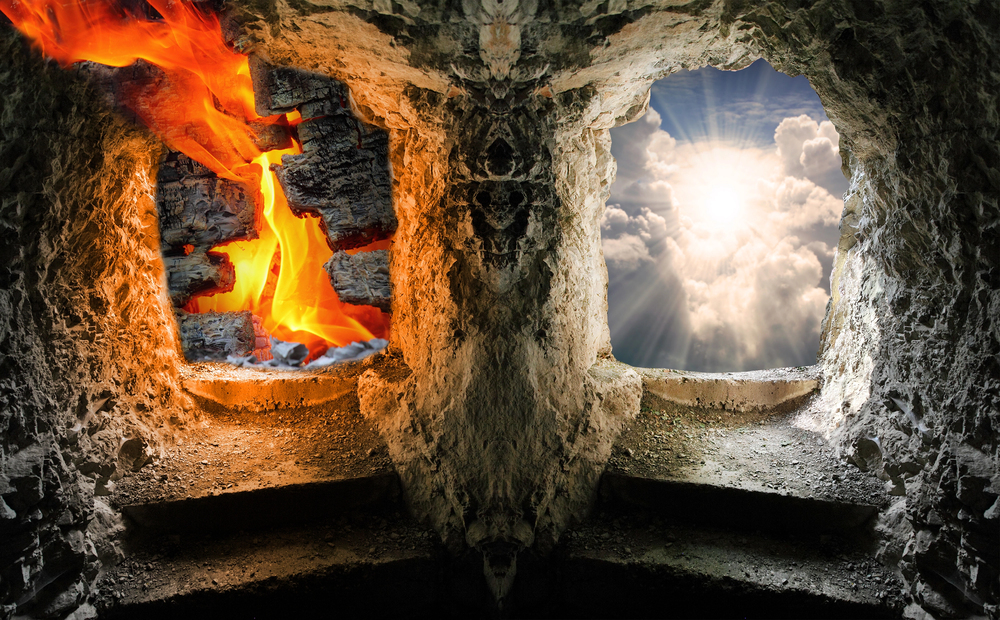
1. The Enduring Promise of Christianity: Heaven, Hell, and the Authority of Judgment
Christianity is unique in its rich imagery of the afterlife a place where souls are divided based on belief and actions. The traditional image? Eternity of paradise in Heaven for those who believe in Jesus, and judgment by God in Hell for those who do not believe. But there’s also complexity at play. Catholicism introduces Purgatory, a realm of intermediate souls that need to be cleansed prior to entering paradise. Belief in the resurrection the time when the soul and body are reunited at the end of time adds another dimension, to belief that, having written, “What is sown is perishable, what is raised is imperishable.”

For some, though, they’re not metaphors far from it, they’re a source of hope and accountability. “The souls of the righteous are in the hand of God, and no torment will ever touch them”, writes the old book. Christian afterlife isn’t reward or punishment; it’s a relationship with the divine that lasts beyond death and can bring consolation to the bereaved and a moral compass for the living.
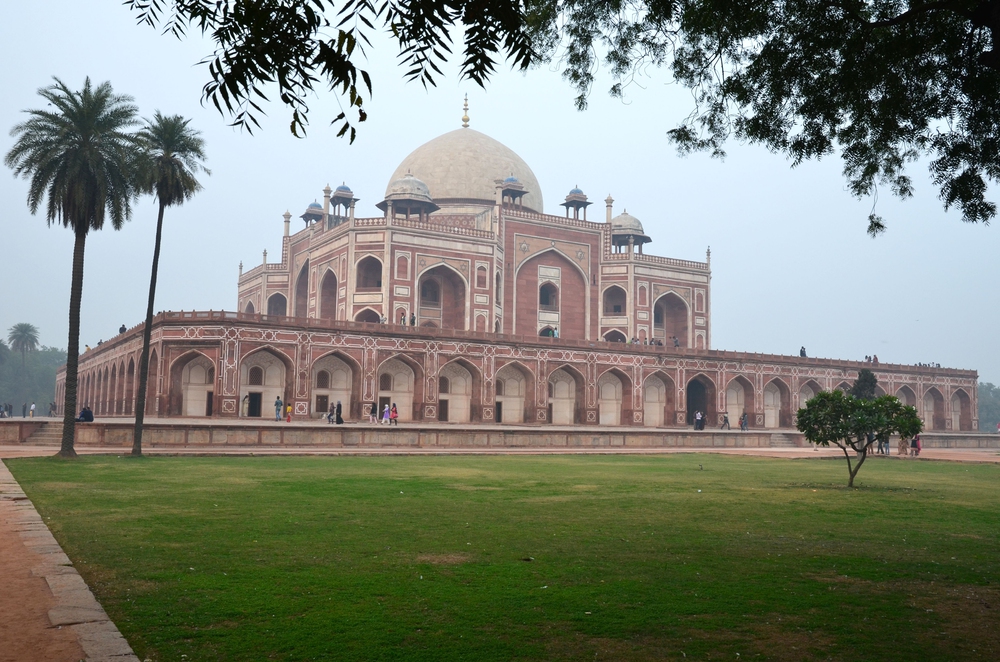
2. Islam’s Journey: Paradise Gardens, Judgment, and Family Reunions
Dying in Islam is an entry not an exit. The soul goes into Barzakh, a holding area until Judgment Day, when Allah balances every person’s deeds. The virtuous are guided into Jannah, where are “gardens underneath which rivers flow”, where one finds peace, abundance, and reunions with friends and loved ones. For the lost, Jahannam (Hell) is a world of purification and retribution.
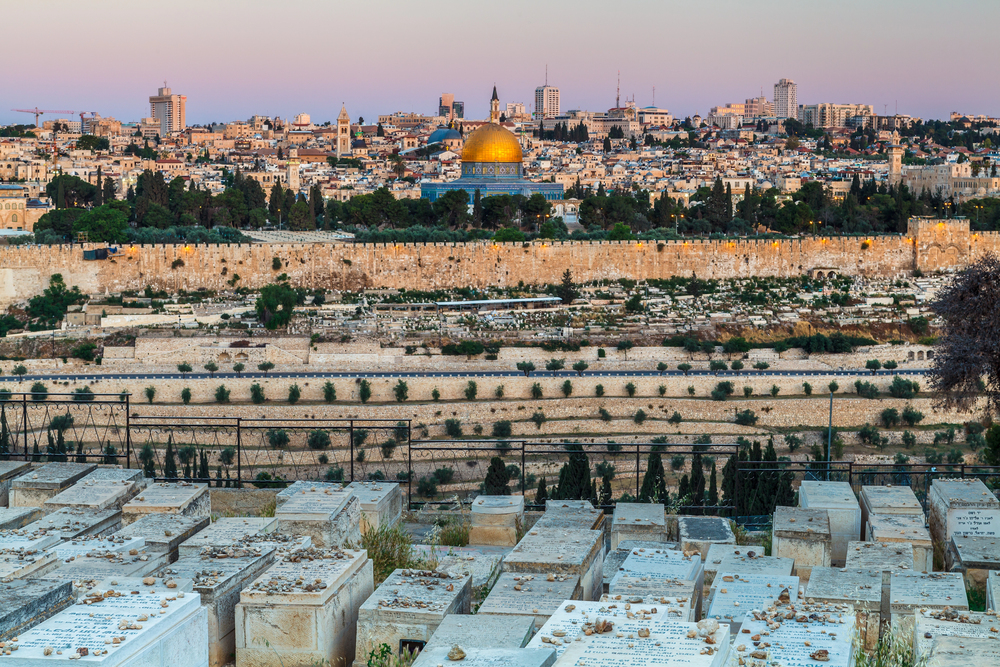
What is so fascinating in Islamic perceptions of the afterlife is the elaborate sense of continuity lovers reunited, souls recalling one another, and the path repeating earthly decisions. The dead body is treated with respect, and swift burial is also a priority, following the belief that the journey of the soul is continuous. Such beliefs and practices offer comfort and strict moral guidelines for earthly existence.

3. Hinduism’s Wheel: Reincarnation, Karma, and the Search for Moksha
Hinduism’s hereafter is less an afterlife and more of an adventure. The soul (atman) isn’t passing away: it is immortal, cycling through a never-ending series of lives human, animal, even divine under the dictates of karma, the divine law of cause and effect. Most souls drift into temporary heavens or hellish hells at death, but the goal is moksha: release from the wheel of rebirth and identification with Brahman, the divine soul.
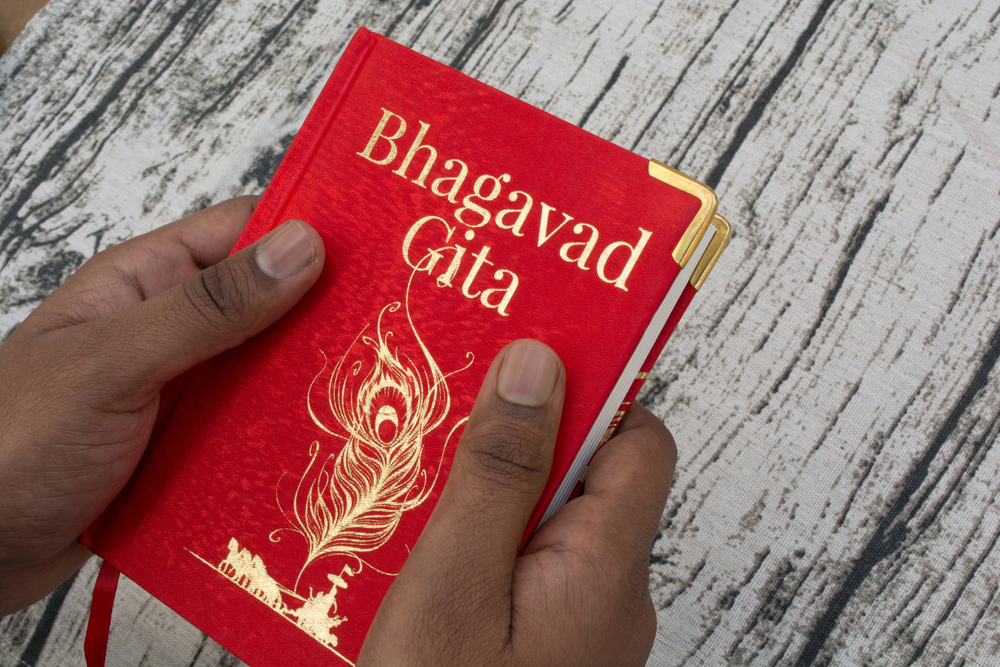
The Bhagavad Gita says it so well: “It is born not, nor ever dies. The eternal, the ancient, it is slain not when the body is slain”. For the seeker of the spirit, this vision is powerful and humble anything counts, every life a potential for nearing ultimate liberation.
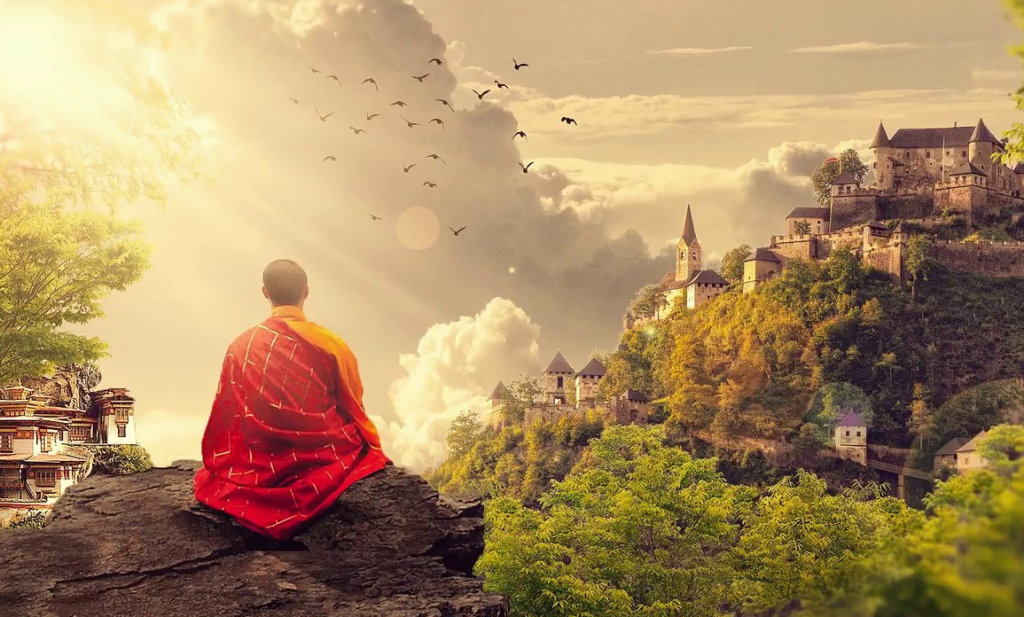
4. Buddhism’s Escape: Rebirth, Bardo, and the Serenity of Nirvana
Buddhism presents us with a freshly clean vision: no eternal self but a flow of consciousness shaped by karma. At death, the mind enters into bardo a short realm of visions and opportunities before being reborn into one of six realms. And the ultimate destination? Nirvana, a state of ultimate peace and freedom from the cycle of samsara and suffering.
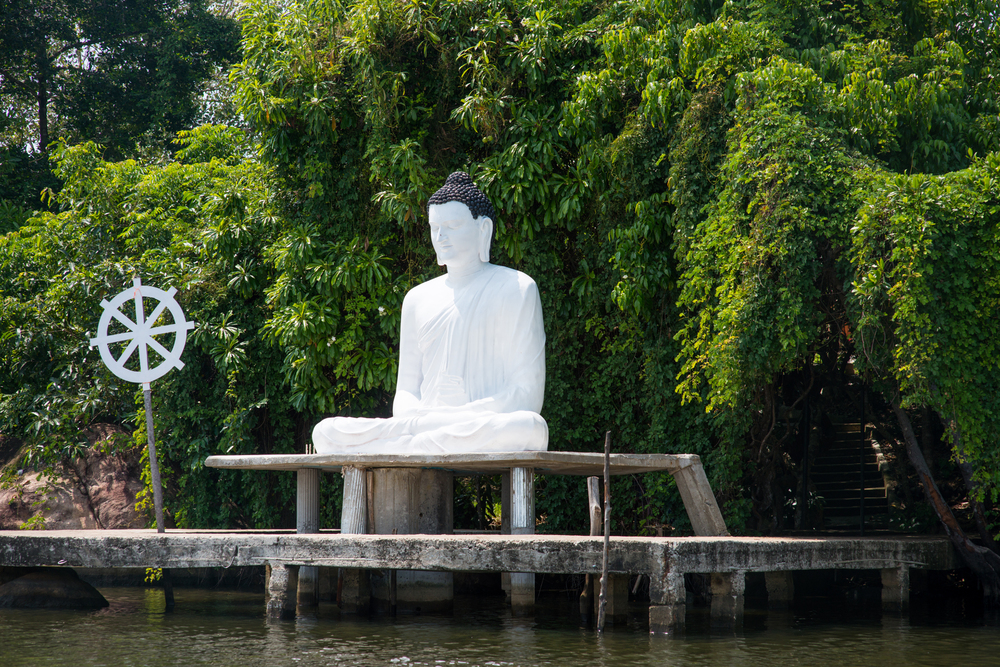
For as the Buddha has instructed, “Birth is suffering; aging is suffering; sickness is suffering; death is suffering.” (Dhammapada). And yet with wisdom, compassion, and mindfulness, they are all set free. The Buddhist path of life is less focused on what there is to come, and more focused on being with suffering as awakening in this very moment itself.
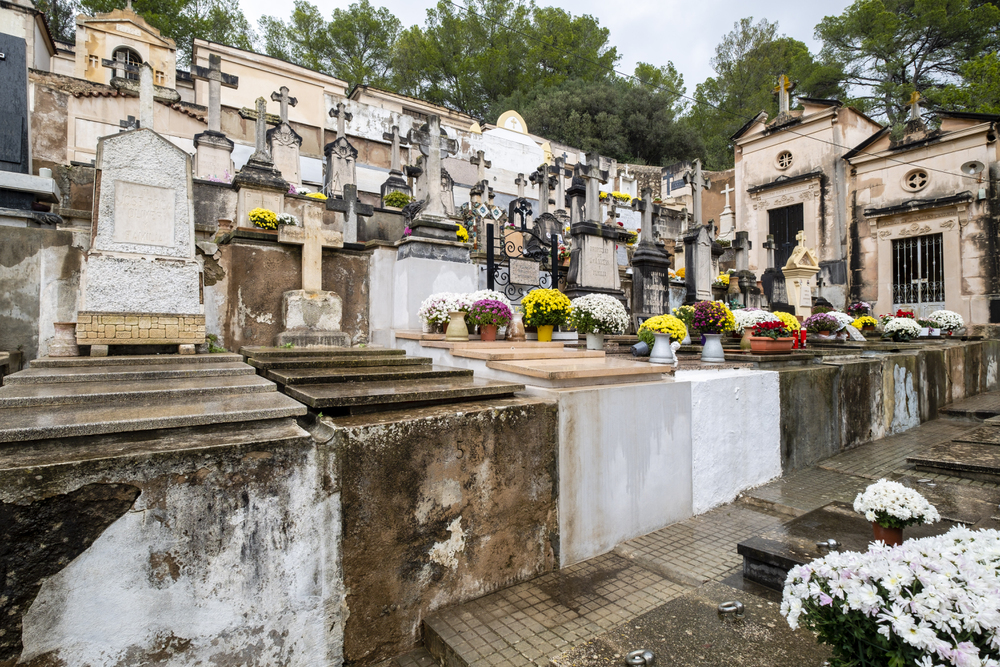
5. Ancestor Worship and Cultural Diversity: Shinto, Indigenous, and Ancient Views
Other than the world’s major religions, there are a multitude of cultures that have spun their own tapestry of the afterlife. Shinto understands the spirit (kami) as part of the descendant family, which protects them and returns for Obon festivals and other special events. Ancestor figures tend to be envisioned to be active interveners in most African societies, while the Native American and Indigenous Australian religions envision a spirit world or Dreamtime where the deceased still impact the living.
Even in ancient cultures be it Egypt’s complex mummification ceremonies or the Greek journey through Hades there is this enduring requirement of perpetuation, linkage, and purpose after death. These beliefs are not anachronisms; they remain a central part of funeral ceremonies, family rituals, and the way individuals deal with death today.
Through all of these religions, one truth shines through: the attempt by human beings to comprehend death is actually an attempt to comprehend life. Whether reunion hope, liberatory hope, or ancestral presence, afterlife views indicate what human beings hold most dear love, justice, transformation, and belonging. For religious seekers, investigation of these views is not merely about what lies ahead it is about discovering greater meaning, empathy, and strength in the here and now.


